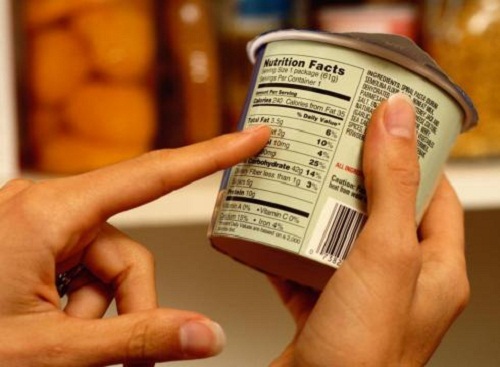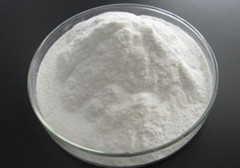FUNCTION
Microcrystalline cellulose, like cellulose, is a dream product for food manufacturers. Its addition to processed foods ensures uniform texture, and consistency of the product’s qualities, at many different temperatures and pH levels. It will even ensure that frozen products are delivered from freezing unaltered when thawed. Microcrystalline cellulose is also capable of emulsifying, that is, preventing the separation of oils and other ingredients that would not normally mix. Microcrystalline cellulose prevents powders from caking, stabilizes foam consistency, and makes frostings and toppings opaque for visual appeal.
Another area where cellulose is useful to food manufacturers is in adding bulk. Microcrystalline cellulose is used as a filler to increase the volume and mass of a product while reducing the use of more expensive items like flour, sugar or fat. As an added advantage, cellulose is not digested, so it does not add any calories to food. In fact, cellulose also has the ability to hold moisture, so it is used as a fat replacement; for example, it is added to prepared, diet meat products to make them juicy without fat content.
Cellulose is a natural polysaccharide (complex carbohydrate) found in all plant material. Microcrystalline cellulose consists of a specific segment of the cellulose molecule, which is chemically “snipped off” and isolated into a powder. There are several forms of microcrystalline cellulose, each performing different functions. One form is used in nutritional supplements as dietary fiber. Microcrystalline cellulose is used as an alternative to a modified cellulose, such as carboxymethyl, or hydroxypropyl cellulose.
OTHER USE AND INDUSTRIES
Microcrystalline cellulose is widely used in the pharmaceutical industry as an excipient, that is, an inert substance which binds with the active ingredient for safe delivery into the bloodstream. It prevents the medicine from being destroyed in the stomach. It may also be a filler to fill out tablets or capsules when the volume of medicine is small.
HEALTH EFFECTS
Microcrystalline cellulose is an extremely inert, natural substance, which is not digested. It passes right through our system. There are claims that taking cellulose can cleanse the colon, but the actual effects of taking it are unverified. Some claim that consuming microcrystalline cellulose can aid in weight loss, because it absorbs moisture and expands, giving a feeling of being “full”. This claim is also unproven.
ORIGINS
Microcrystalline cellulose is derived from cellulose, the indigestible part of plant material. Cellulose is a carbohydrate, which in industry is derived most commonly from wood or cotton, but may come from bamboo, or any other plant matter. To produce microcrystalline cellulose, wood pulp is treated with an acid to break up the cellulose molecules, and the desired section, the microcrystal, is isolated. It appears as a white powder.



